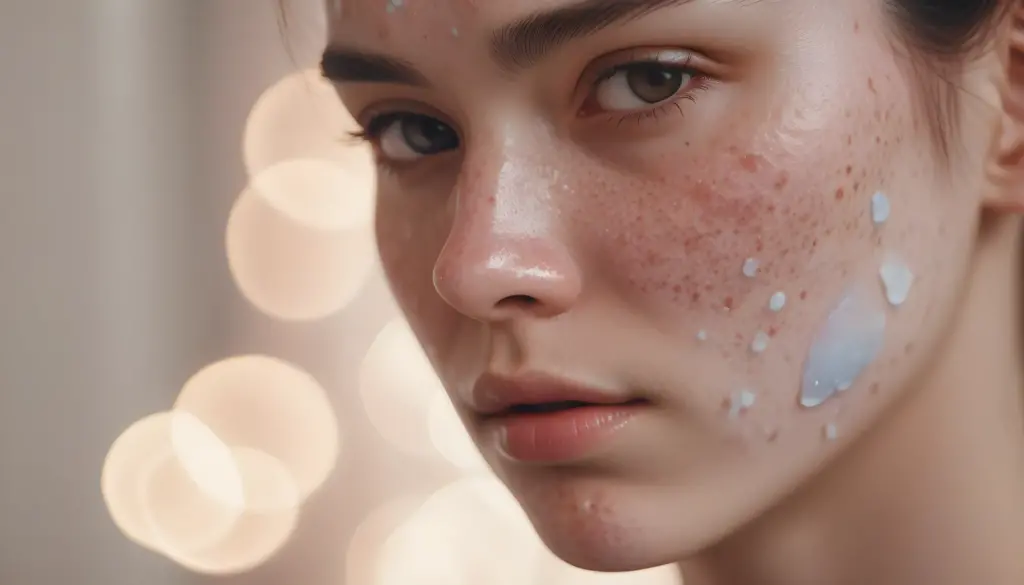Acne is a common skin issue that many people face. It shows up as spots, oily skin, and sometimes, the skin can feel hot or painful. Here’s what you need to know:
Symptoms
– Acne usually pops up on your face (almost everyone gets this), – It can also appear on your back (more than half of people with acne) and chest (about 15%).
Types of Spots
1. Blackheads: Small dark or yellowish bumps on the skin.
2. Whiteheads: Similar to blackheads but firmer. 3.
Papules: Small red bumps that might feel tender.
4. Pustules: Like papules but with a white tip in the center.
5. Nodules: Large, hard lumps beneath the skin surface, quite painful.
6. Cysts: The most severe type, large pus-filled lumps, with a risk of permanent scarring.
Self-Help Tips
– Don’t over-wash your skin (twice a day is plenty).
– Use a mild soap or cleanser with lukewarm water.
– Avoid squeezing spots or cleaning out blackheads to prevent scarring.
– Choose water-based, non-oily products for skincare.
– Remove makeup before bedtime.
– If your skin is dry, use a fragrance-free, water-based moisturizer.
– Exercise won’t cure acne but can boost mood; shower after to avoid irritation.
– Wash your hair regularly and keep it off your face.

Dealing with Acne
– It can’t be cured but can be controlled with treatment.
– For mild acne, ask a pharmacist for advice; they have creams and gels.
– Benzoyl peroxide creams can help but be careful as it may bleach clothing.
– Severe acne may need prescription antibiotics or stronger creams, especially if on your chest or back. Remember, while acne can’t always be avoided, there are ways to manage and treat it.
